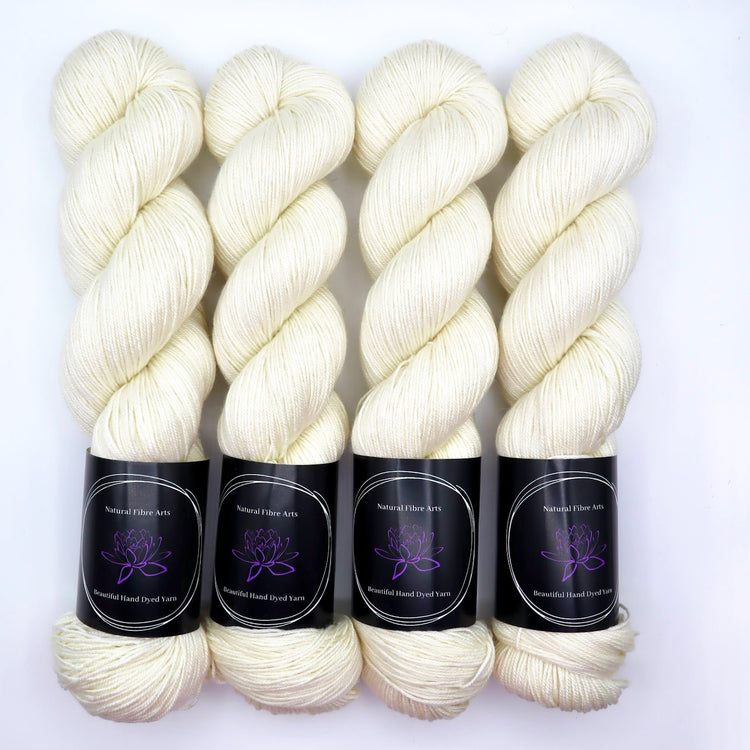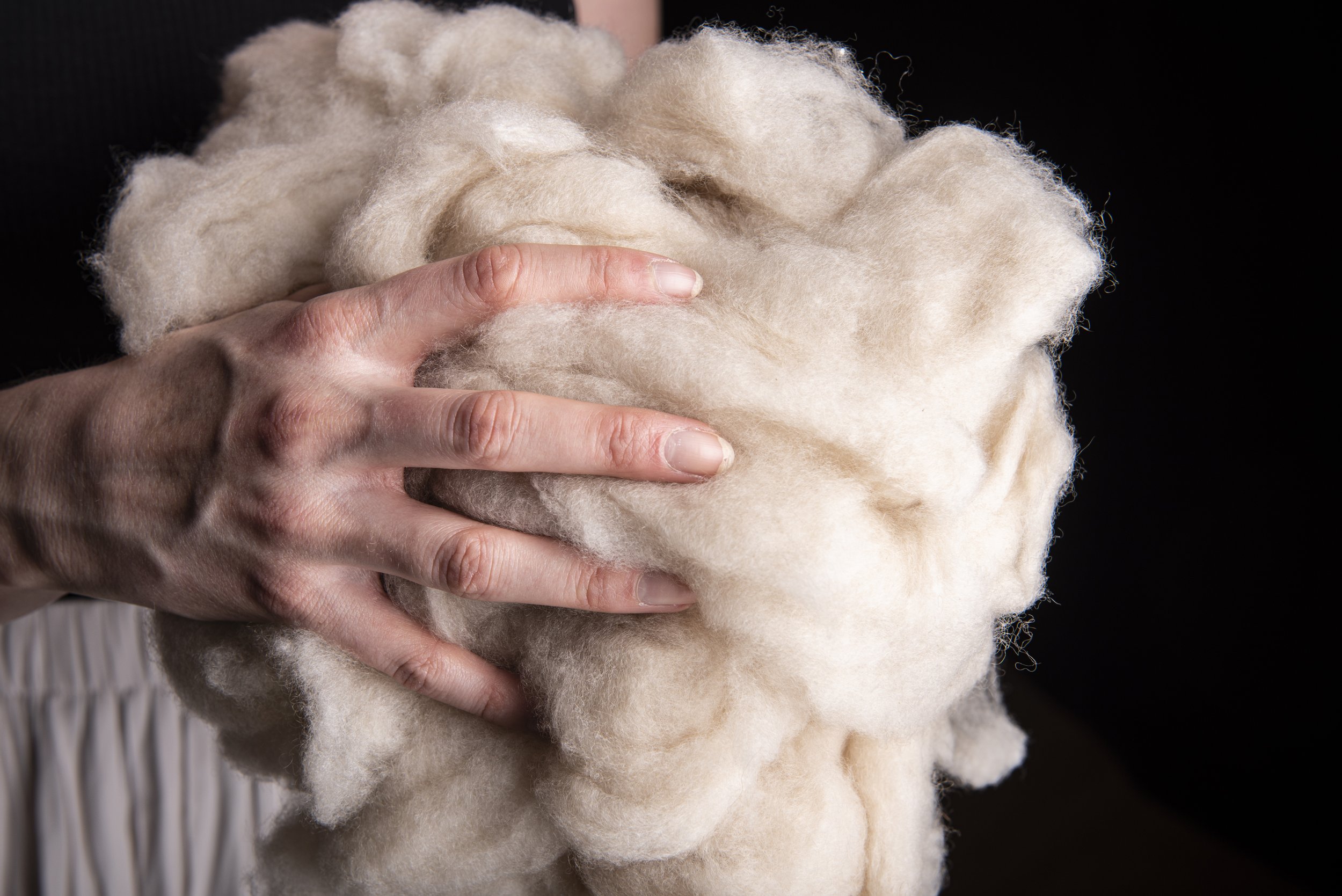The Benefits of cashmere fibre: Why It’s the Most Coveted Material
The Benefits of cashmere fibre: Why It’s the Most Coveted Material
Blog Article
Discover the Appeal of Cashmere a Natural Fiber: Why It's a Must-Have in Your Wardrobe
The appeal of cashmere, a luxury natural fiber, transcends simple aesthetics. Stemming from the Kashmir area, this lightweight yet durable material has woven its means into high-end style as a result of its distinct residential or commercial properties and functional charm. From discussing its appealing beginning to comprehending its production process, treatment, and top quality, it's worth checking out why cashmere holds such a special place on the planet of fabrics. Discover the sophistication and compound of this fiber as we begin on an exploration of its allure.

The Origin and History of Cashmere: A Brief Summary
While several may see cashmere as a simple luxury, its history is steeped in rich cultural practice. Originating from the Kashmir region in India, cashmere wool has been produced for thousands of years. The fiber is gotten from the soft undercoat of cashmere goats, harvested during their molting period. As a valuable product, it was traded along the Silk Road, coming to be very valued in Europe in the 18th century. The name 'cashmere' is an old English derivation of Kashmir. Regardless of its global popularity, the majority of cashmere manufacturing still stays in Asia, specifically China and Mongolia. This historic journey highlights the cultural relevance of cashmere, transforming it from a local specialized to a global luxury.
Understanding the Distinct Properties of Cashmere Fiber
While various other products may wear down over time, cashmere preserves its quality, ensuring resilient wear. Cashmere possesses an unique visual allure. Recognizing these residential or commercial properties makes clear why cashmere is not just a high-end, however a rewarding investment for any kind of wardrobe.

The Process of Producing Cashmere: From Goat to Garment
To appreciate the extravagant properties of cashmere totally, one must comprehend its journey from the raw fiber to the ended up item. The procedure begins with the cashmere goats, mostly discovered in Mongolia, China, and Iran. The soft undercoat of these goats, harvested during their all-natural molting period in spring, supplies the raw material. This delicate fiber is then carefully divided from the coarser outer hair in a labor-intensive procedure understood as dehairing. The pure cashmere is then colored, spun into thread, and finally knitted or woven right into the desired garments. Each action is carefully carried out to maintain cashmere's significant heat, gentleness, and toughness. This complex procedure leads to the development of an absolutely elegant material.

Decoding the High Quality and Cost: Why Is Cashmere so Expensive?
The high cost tag of cashmere garments usually leaves consumers questioning its reason. The expenditure stems mostly from the you can try these out difficult manufacturing procedure. is cashmere a natural fiber. Cashmere stems from the fine undercoat of the cashmere goat, with each goat generating a mere 150 grams each year. The labor-intensive process of combing and gathering the rare fiber substantially increases the cost. In addition, the processing of raw cashmere requires both time and experience, with the fibers needing to be very carefully sorted, cleaned, and spun. Moreover, the deficiency of pure cashmere, coupled with its remarkable gentleness, heat, and resilience, justifies its deluxe status and high price. These variables incorporated make cashmere a pricy yet very desired asset worldwide of fashion.
Cashmere in vogue: The Convenience and Ageless Appeal
Regardless of its high rate, the timeless appeal and versatility of cashmere have strengthened its location in the world of style. The functional nature of cashmere permits for its integration into both formal and laid-back attire, symbolizing its broad appeal. As patterns come and go, cashmere continues to be a consistent, its allure undiminished, continuing to shape the style and motivate industry's landscape.
Caring for Your Cashmere: Upkeep and Conservation Tips
Making certain the durability of cashmere garments needs particular care and focus. These prized belongings should not be tossed right into the cleaning machine with regular laundry. Instead, hand washing with mild, pH-neutral soap in warm water is encouraged. After cleaning, they should not be wrung out. Instead, they should be carefully pushed between towels to absorb excess water, after that laid level to completely dry. Normal brushing with a cashmere comb can my response prevent pilling. Storing these products in a trendy, dry area, preferably in a breathable bag, can secure them from moths and moisture (is cashmere a natural fiber). A periodic airing outside, away from direct sunlight, can revitalize the fibers. With these upkeep and conservation ideas, one can ensure their cashmere continues to be luxuriously soft and sturdy.
Final Thought
Cashmere, with its exceptional softness and warmth, offers both high-end and toughness. Discover the attraction of cashmere and elevate your style repertoire.

Report this page